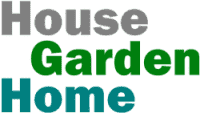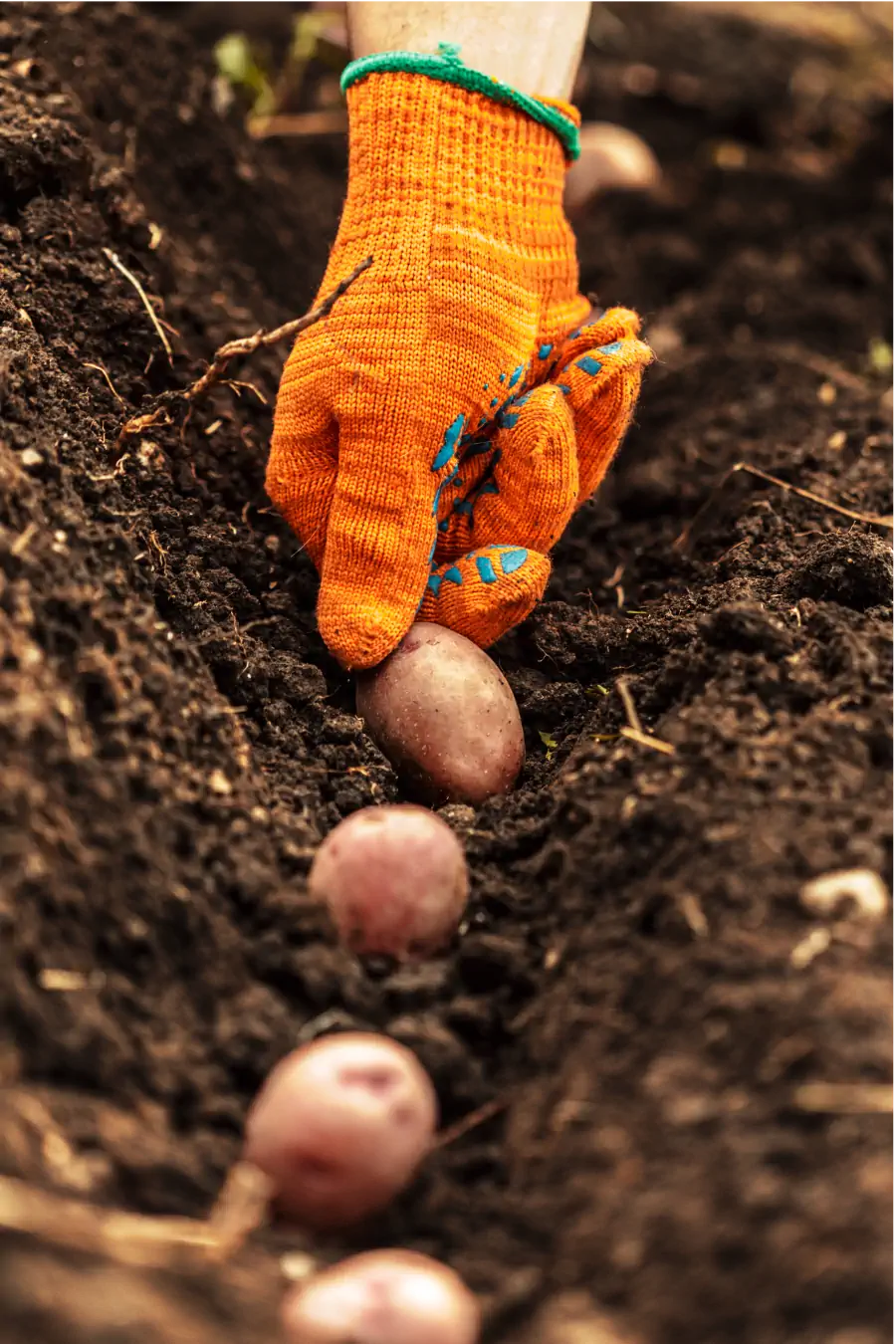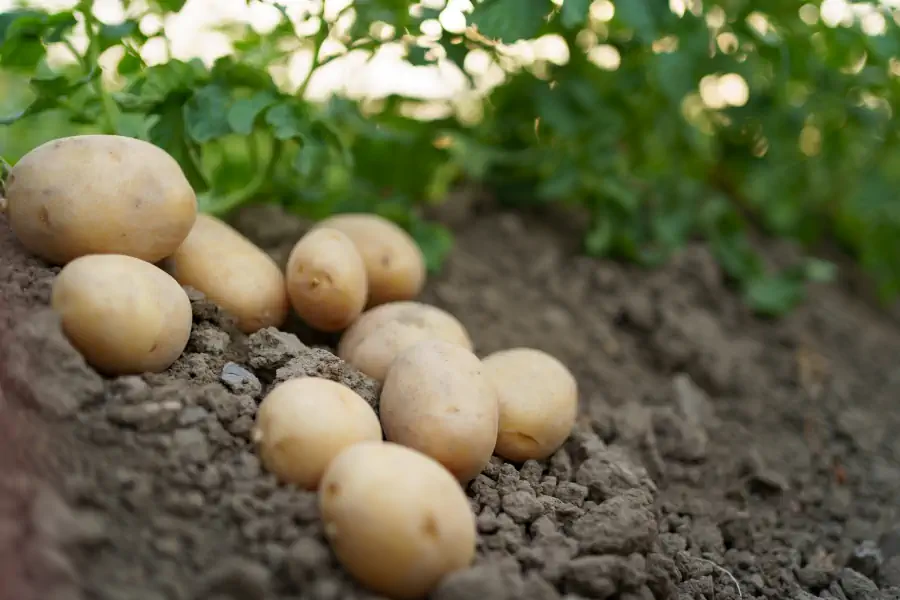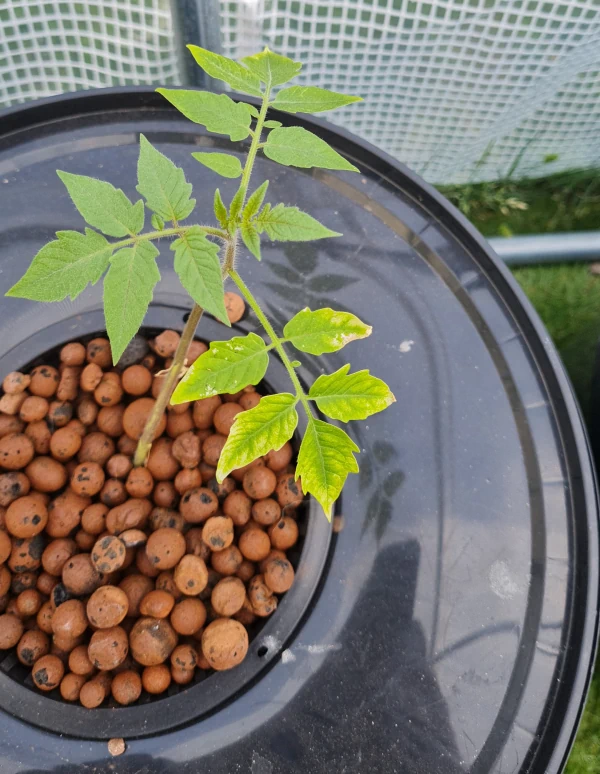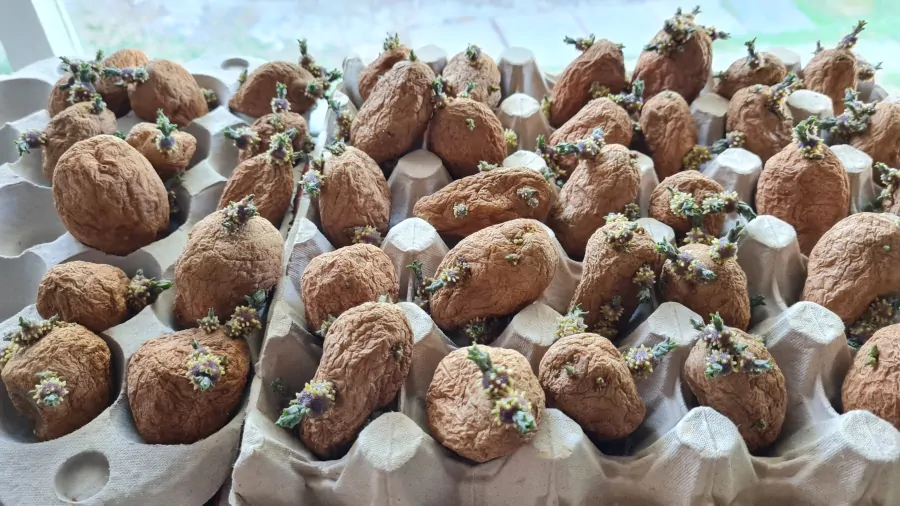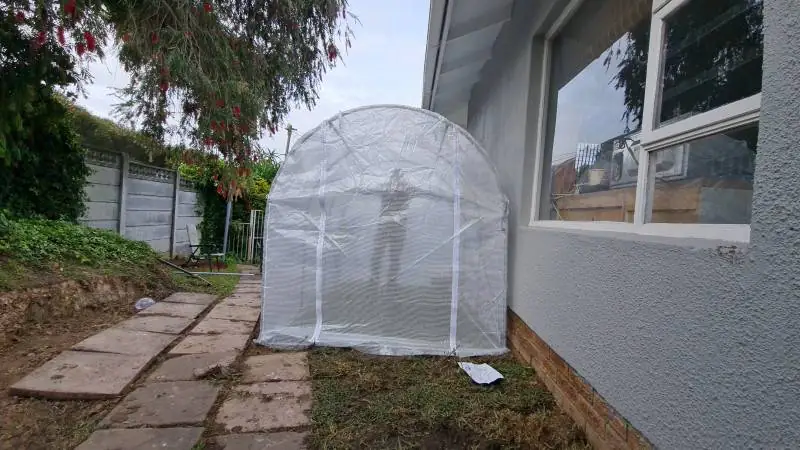If you are looking into how to make compost at home, let me tell you about our little adventure in composting right here in our garden. It’s a bit of science, a bit of fun, and it’s all about turning our leftovers and garden trimmings into something magical for our plants.
Introduction
our family lives on this big plot with a lot of lawn and trees that keep shedding leaves all year round. We’ve got this veggie garden too. Instead of throwing away the scraps and clippings, we decided to make our own compost. It saves us money and fits right into our sustainable living journey.
When we first moved here, we had this clayey soil problem. The water wouldn’t drain well, and during summer, it was like concrete. This meant that the plants or lawn that grew there either drowned in the winter or burned up in the summer time!
We started adding lots of compost to improve it. This means that we had to pay for a lot of compost, transport it back to our home, unload it and then spread it over the area that needed it. We used to buy heaps of compost at this point.
Plus, we have a large lawn area on the plot and we were driving all the lawn clippings to the dump.
It was such a waste!
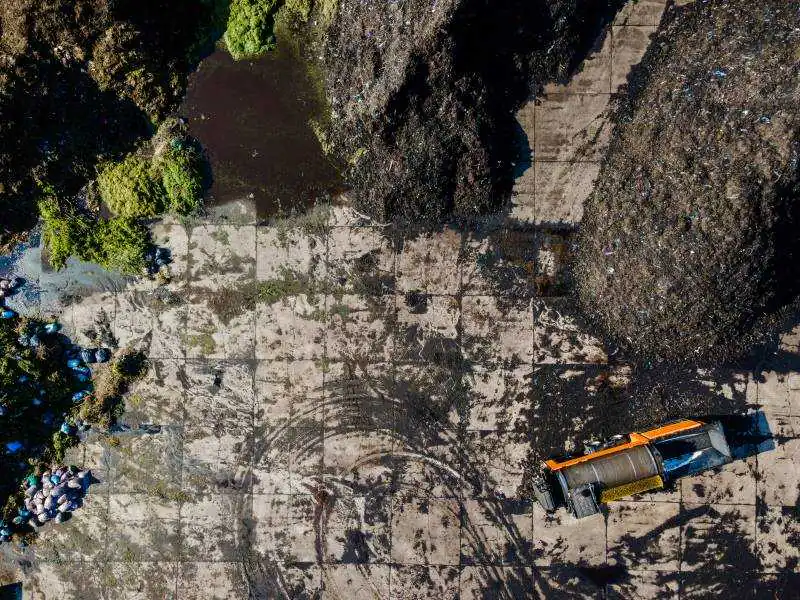
What is Composting?
Let’s start simple. Composting is like cooking but for the soil. We mix all these organic materials, and with a bit of time and nature’s magic, it transforms into this rich, nutritious stuff called compost.
Wikipedia defines compost as:
Compostis a mixture of ingredients used as plant fertilizer and to improvesoil‘s physical, chemical, and biological properties. It is commonly prepared bydecomposingplant and food waste, recycling organic materials, and manure.
Wikipedia: Compost
It’s like a superfood for plants!
What are the Benefits of Composting?
There are so many perks! First, it reduces our waste, saving stuff from going to the landfill. It improves the soil, makes our plants happier, and conserves water.
And you know what? It feels good to turn what most people consider waste into something valuable.
Over and above that, a study at Princeton University found that composting organic waste versus landfilling it can reduce more than 50% of carbon dioxide-equivalent greenhouse gas emissions!
How is that for a great reason to start your journey?!
Aerobic and anaerobic composting
There are two main types of composting, aerobic and anaerobic. Each has their own merits but aerobic is by far the more commonly used. That being said, there are anaerobic styles that can be used in homes, such as Bokashi compost.
Aerobic composting
As you can probably guess from its name, the aerobic type uses oxygen to breakdown the organic waste. In an aerobic system, organic materials are mixed together and exposed to air. Which adds the necessary oxygen for the microorganisms to break down the waste.
Anaerobic composting
Anaerobic composting, on the other hand, involves the decomposition of organic materials without oxygen being present. This type of compost technique can have a strong odor and is not recommended for home compost systems, especially when you are doing it in a residential backyard.
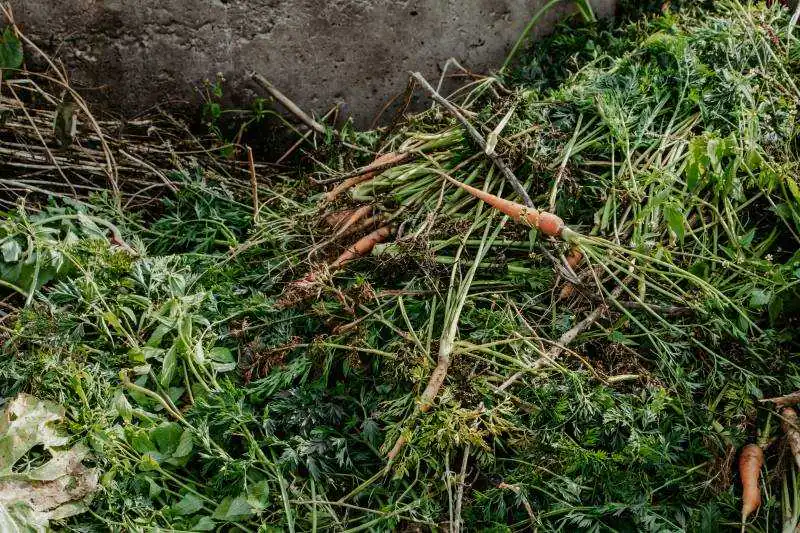
Key Ingredients for Successful Composting
Now, to the recipe! You need “greens” for nitrogen, like vegetable scraps and grass clippings. Then, you need “browns” for carbon, like dry leaves and twigs. Mix these with a bit of water and air, and you’ve got yourself a compost pile.
Browns for Carbon
These are your dry, woody materials.
Here we use twigs, dried leaves and were possible branches. They have a more rigid structure and stop the compost heap from compressing too much. This not only help with airflow but also add bulk to the heap.
When they break down the plants absorb carbon from them. As we all know, carbon is the basic building blocks for all life on earth. Even the micro organisms in the compost heap and soil needs carbon as a source of food.
These materials also absorb moisture well. This helps to balance the moisture level in the compost heap and stop the heap from giving off bad smelling odors. When you place the compost in the garden the water retention is improved as well and this helps reduce your water usage!
As we mentioned before, we have a lot lot of trees in and around our garden that gives off a lot of leaves right throughout the year. We use these leaves and any twigs and clippings in our compost heap.
Greens for Nitrogen
These are your wet, fresh materials.
They’re like the fuel that gets the compost cooking. Because these materials are usually wet and soft, they decompose quickly. This process creates heat in the compost pile that accelerates the composting process. Also, if there is enough heat, it can help kill weed seeds and other harmful germs.
When they break down, they provide nitrogen and moisture to the compost heap. This is very important, because nitrogen is a source of protein. It serves as the basic building blocks of the tiny organisms that makes the composting process work. You can think of them as the tiny workers inside your composting heap.
As for the moisture, we all know all living things need water to survive but another use for the moisture is for the tiny organisms to be able to move and spread in the compost heap.
Now that we understand the basics, we can start composting with confidence.
Creating a valuable resource for your garden and landscaping.

Making Compost
Here’s how we do it at home:
- Choose a compost bin or container:
We picked one that fits our yard and the amount of waste we produce. You can use anything as a container! You can go to the store and buy one, use one that you already have or even build one from materials you might have lying about.
When looking at containers for your composting bin, make sure:
The container is large enough for what you need, has enough ventilation for air to get to your compost and has good enough drainage for water to not get trapped in the container. - Collect and add organic materials:
We add a mix of greens and browns. Remember, it is really important to balance the amount of each of these types of material. Our rule of thumb is around half of the one and half of the other half. You don’t need to be exact about it but just make sure you have a healthy amount of each. You will be able to estimate as you do this more. - Maintain the compost pile:
Keep it moist, turn it now and then, and keep it at the right temperature. By turning it, you can check the moisture in the core and feel if it is hot. This also adds are to the compost heap and helps bring new food for the organisms in the middle of the pile.
There are a lot of people that never turn their compost pile and mother nature still does her magic. So feel free to experiment what works for your garden and climate and let us know in the comments!
Harvest and Use the Finished Compost
After a few weeks or months, our compost is ready. We sift out the big bits and spread the rest in the garden. We then add the larger bits back into the next compost pile to kickstart the composting process for the next harvest.
The plants love it and you can really see the difference after a season or two!
By following these simple steps, you can create high-quality compost that will help your plants and the environment. The key is to be consistent and patient, and to focus on creating a healthy, balanced compost pile.
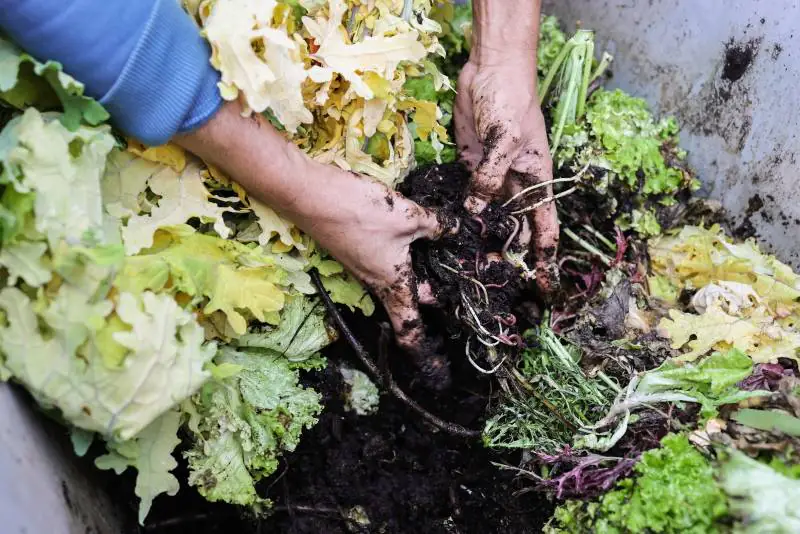
Different Composting Methods
There are lots of different types of composting methods. Each of which has its own unique benefits and requirements.
Here are a few of the most common types of composting:
- Bokashicompost:
Bokashi composting is a Japanese method that uses a specialized mixture of microorganisms to ferment organic waste. This process uses an airtight container and therefore you can keep it indoors. Therefore, it is a great option for people with limited outdoor space. You can use the resulting compost as a soil conditioner. One note, you should bury it rather than using it directly on plants. - Vermicompost:
Vermicompost is the process of composting organic waste using red wigglers (a type of worm). The worms break down the organic matter, creating nutrient-rich worm castings that also forms fertilizer by plants. Additionally, vermicompost great for indoors or outdoors composting. It requires a bin with plenty of ventilation and moisture. - Lomi compost:
Lomi composting is a traditional Hawaiian method. It involves layering organic matter with soil, rocks, and other materials to create a compost pile. This method is ideal for areas with high temperatures and heavy rainfall. It can result in a nutrient-rich compost that is ideal for growing plants in challenging conditions. - Ericaceous compost:
Ericaceous composting is a specialized form of composting. It is designed for plants that require acidic soil, such as blueberries and rhododendrons. This compost you can typically make using a mix of peat, sand, and other organic materials that are high in acidity. It can lower the pH of soil in garden beds and containers. - Mushroom compost:
Mushroom composting is a process that involves decomposing organic waste with mushroom spores to create a nutrient-rich compost. Typically, uses include growing mushrooms or as a soil conditioners for other plants. This method requires specific conditions and materials, such as straw and poultry manure, and can take several months to complete.
It is important to also understand the different ways of creating compost. This will enable you can choose the method that works best for your needs and your environment. Whether you’re composting with worms, fermenting organic matter, or creating a layered compost pile. It is important to be consistent and patient. The focus should be on creating a healthy, balanced compost that will benefit your plants and the environment.
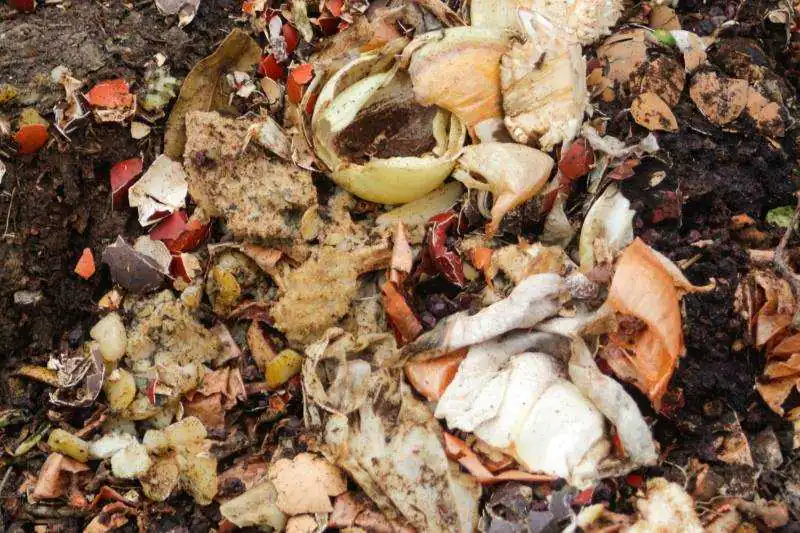
Alright kiddo, let’s talk about some common composting hiccups and how to fix them. Think of it like a video game – sometimes you need to tweak your strategy to win!
1. “It stinks!”
If your compost smells worse than your gym socks, it’s probably too wet or has too many greens (like kitchen scraps). Mix in some browns (like dry leaves or shredded paper) to balance it out and let it breathe. Turn it more often to get some air in there.
2. “It’s not breaking down.”
Feeling like your compost is just a pile of…well, pile? It might need more greens to heat things up. Add some fresh kitchen scraps or grass clippings to give it a boost. Also, make sure it’s moist, like a wrung-out sponge. If it’s too dry, it’s just a trash heap, not a compost pile.
3. “There are flies everywhere!”
Ew, right? If you’ve got a fly party happening, you might be adding stuff you shouldn’t, like meat or dairy. Stick to fruits, veggies, and yard waste. Also, bury your kitchen scraps deep in the pile to keep those pesky critters out.
4. “It’s too dry.”
Your compost needs moisture to cook up right, like a good stew. If it’s too dry, it’s like leaving your soup on the burner with no water. Give it a sprinkle of water now and then, but don’t drown it. You want it moist, not soggy.
5. “It’s attracting animals.”
If you’re drawing in a neighborhood critter convention, make sure you’re not adding things like meats, oils, or anything too smelly. Keep it covered and turn it regularly to bury new additions.
6. “It’s too hot!”
Feeling like your compost is a mini-volcano? It’s rare, but if it’s too hot, it can kill those good microbes doing all the hard work. Turn it to cool it down and maybe add some more browns.
Remember, composting is a bit of trial and error, but it’s all worth it when you end up with that black gold for the garden. Keep at it, and you’ll be a compost wizard in no time!
Shredding materials
Shredding your compost materials into smaller pieces can further help them decompose faster. You can use a shredder, lawn mower, or even scissors to chop up materials. Good examples include things like leaves, paper, or cardboard.
Adding an activator
Compost activators are products that contain good bacteria and fungi that help break down organic matter. Additionally, by adding an activator to your compost-pile can speed up the decomposition process. This creates a richer, more fertile compost.
Adding a compost activator is a great way for beginners to get their compost heap up and running quicker. So, be sure to consider it when starting your first compost heap.
By following these tips and avoiding common mistakes, you can create a healthy and efficient compost pile that will benefit both your garden and the environment.
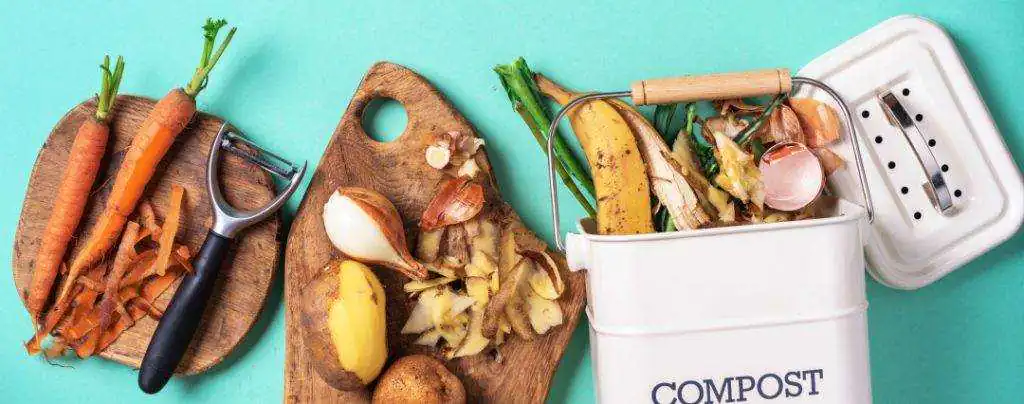
How to Make Compost Conclusion
So, there you have it! Composting isn’t just about reducing waste. It’s about creating something valuable and nurturing our garden. It’s a simple, rewarding way to make our little corner of the world a bit greener.
There are many different methods you can use to start creating your own compost. Whether you choose to use a compost bin, compost tumbler, or worm farm.
Following the steps mentioned in this article, you can create a compost pile that will benefit both your garden and the planet.
If you’re ready to start making your own compost, don’t be afraid to take the first step. So, gather your materials, choose your composting method, and start building your pile today. With a little time and effort, you’ll soon have a rich, fertile compost that will help your garden thrive for years to come.
Take it to the garden!
Now that we have gone through the theory of making compost, and understand the composting process, we can now put it into practice. We will hopefully have a follow up article, showing the fruits from our home composting efforts. So make sure you subscribe, follow or like our social media pages to keep up to date with our latest projects.
Have fun gardening!!!
If you enjoyed this article, have a look at our Pinterest account or follow our Facebook Page to get notified about our new articles!
